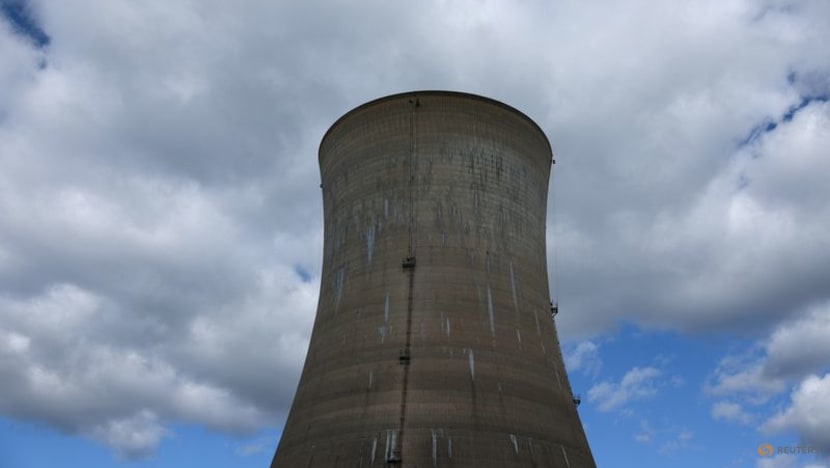Nuclear power could pave way for ASEAN’s energy independence, says World Nuclear Association head
Speaking to CNA's Roland Lim at the Singapore International Energy Week, the association’s Director General Sama Bilbao y Leon urged ASEAN countries to learn from Japan, South Korea and China, and tap into the global expertise already available in the industry.


This audio is generated by an AI tool.
SINGAPORE: Nuclear power could play a role in helping Southeast Asian nations achieve energy independence, said Dr Sama Bilbao y Leon, Director General of the World Nuclear Association.
Speaking to CNA on the sidelines of the Singapore International Energy Week (SIEW) on Tuesday (Oct 28), Bilbao y Leon said the path forward for these countries to tap into nuclear energy lies in building the right foundations.
These include regulatory frameworks and legal systems, as well as financing mechanisms that support supply chains and skilled workforces.
She added that the industry’s global supply chains, know-how and expertise should assure countries that “this energy independence that we all are trying to achieve is easier with nuclear”.
REGIONAL AMBITIONS
There are currently no operational nuclear reactors in Southeast Asia, but countries like the Philippines and Indonesia have set targets to operate nuclear power plants in the early 2030s.
Malaysia, Thailand and Singapore are also studying the potential of nuclear power, particularly through the use of small modular reactors (SMRs).
Compact and scalable, SMRs are a fraction of the size of a conventional nuclear reactor, and can be prefabricated for easier transport and installation.
According to an International Energy Agency (IEA) report in 2024, Asia’s share of global nuclear power generation could reach 30 per cent by 2026.
The Association of Southeast Asian Nations’ (ASEAN) plan to build a US$100 billion cross-border power grid by 2045 offers a foundation for sharing reliable nuclear energy across the region, said Bilbao y Leon.
She urged ASEAN nations to learn from more established Asian nuclear players such as Japan, South Korea and China.
Japan, for instance, is accelerating efforts to restart existing reactors to meet its energy needs, noted Bilbao y Leon. South Korea exports its nuclear power technology and operational experience.
China has numerous nuclear plants under construction, and is actively supporting nuclear projects overseas, including in Pakistan, she added.
These countries would be “quite happy” to share their experience with ASEAN nations, she said.
SINGAPORE’S NUCLEAR OPTIONS
Asked about the safety requirements needed for nuclear power to enter the energy mix in Singapore, Bilbao y Leon said that the country would have to meet international conventions and safety standards, from plant design to maintenance.
She added, however, that decades of operational experience have made today’s reactors safer and more effective.
As for SMRs, she said floating ones off Singapore’s coast can be quickly deployed and “plugged into” the power grid.
While the financing of nuclear energy projects remains a challenge, she highlighted that public-private partnerships, seen in places such as the United Kingdom, are making the sector more attractive for investors.
According to a 2025 World Nuclear Association report, nuclear reactors worldwide generated a record 2,667 TWh (terawatt-hours) of electricity in 2024. There are currently 70 reactors under construction around the world.

















